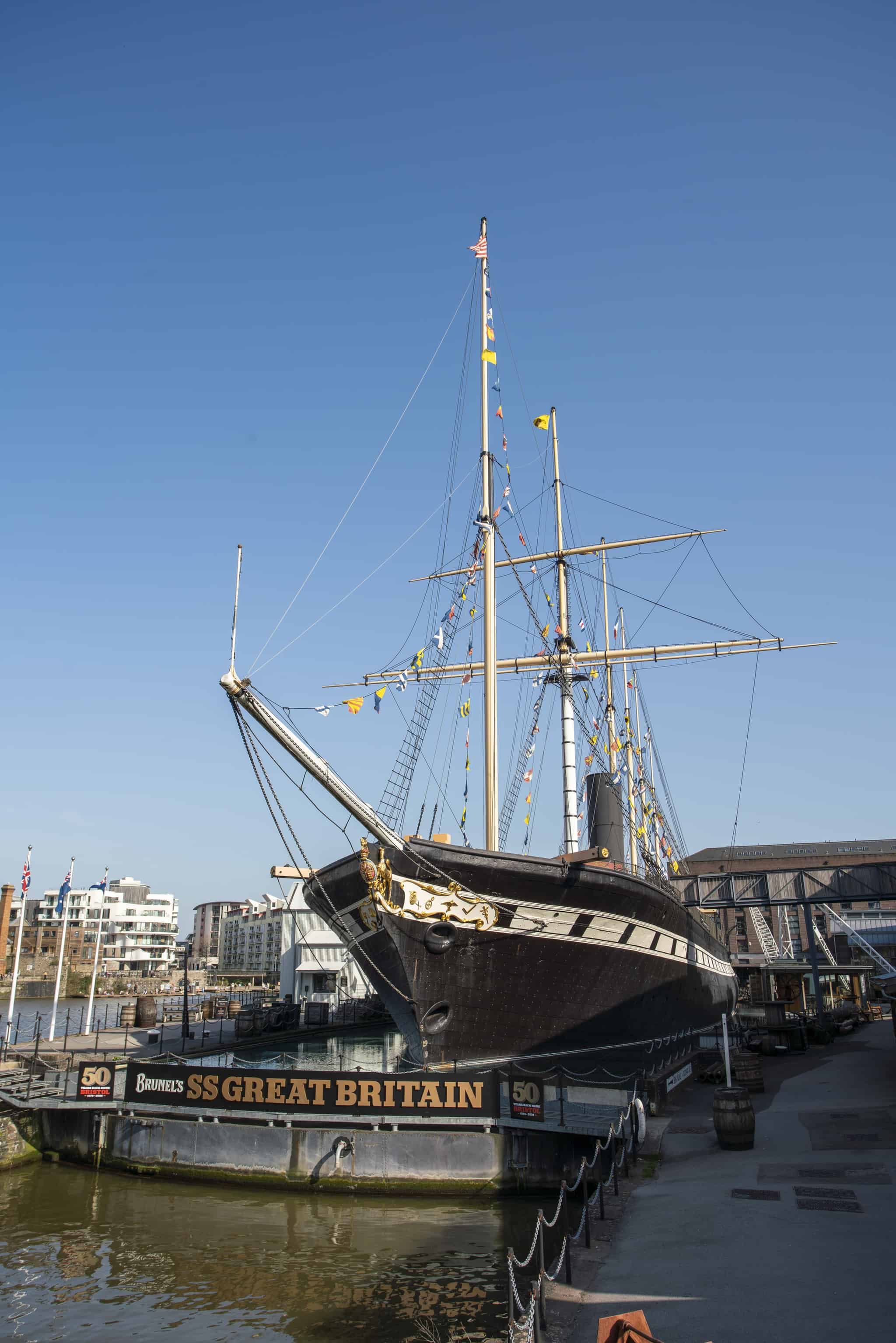For a long time, boats were built by skilled craftsmen who through experience knew what a vessel should look like and what it took to make it float. It was not until the very end of the 17th century when naval architects and boatbuilders started to use technical drawings to plan the construction of a ship, before the actual building began.
The growth of maritime technology throughout the 18th and 19th centuries made ship plans an invaluable tool. Having a technical drawing of a ship before construction began allowed boatbuilders to plan ahead, implement new structural inventions and technical developments, and to demonstrate to the person who commissioned the vessel what it was going to look like. Such technical drawings, or ‘ship plans’, were first used in the construction of Royal Navy ships.
For ships built in small yards for the merchant sector, building ‘by eye’ continued well into the 19th century. But for the larger shipyards of London, Glasgow and Liverpool which built steamships and fast sailing ships for the passenger routes or the tea trade, technical drawings of the vessels they built became increasingly important. These technical drawings are held in museums and archives to this day and are the most important surviving records that tell us about ship construction and design.
One large piece of paper can contain all the technical details to build a ship. The wealth of information found on such ship plans is staggering. They bear evidence of naval frigates built for the Napoleonic Wars, of technologically advanced steamships like the Great Britain which carried passengers across the Atlantic or to Australia, of fast sailing ships like the tea clippers which raced back to Britain from China, and of smaller sailing vessels which brought oranges from the Azores, or coal from Newcastle. These technical drawings contain all the information about the shape of a ship’s hull, details of a sailing vessel’s rigging and sails, and sometimes even details of deck fittings and machinery.
Many boats and ships are long gone, shipyards have closed down, and the traditional skills required to build ships are disappearing. But the knowledge will forever be preserved in the technical drawings, and evidence of ships long broken up will always be there for us to admire. Ship plans are beautiful documents to look at. They not only encapsulate the skills required in designing and constructing something beautiful but they are also the last surviving records of some ships, their beautiful lines and shapes, and they allow us to imagine the cargoes and people those vessels carried to different places all around the world.
For more information, or to view ship plans from the David MacGregor collection, please get in touch with the Brunel Institute.
Author: Joanna Mathers, Maritime Curator



